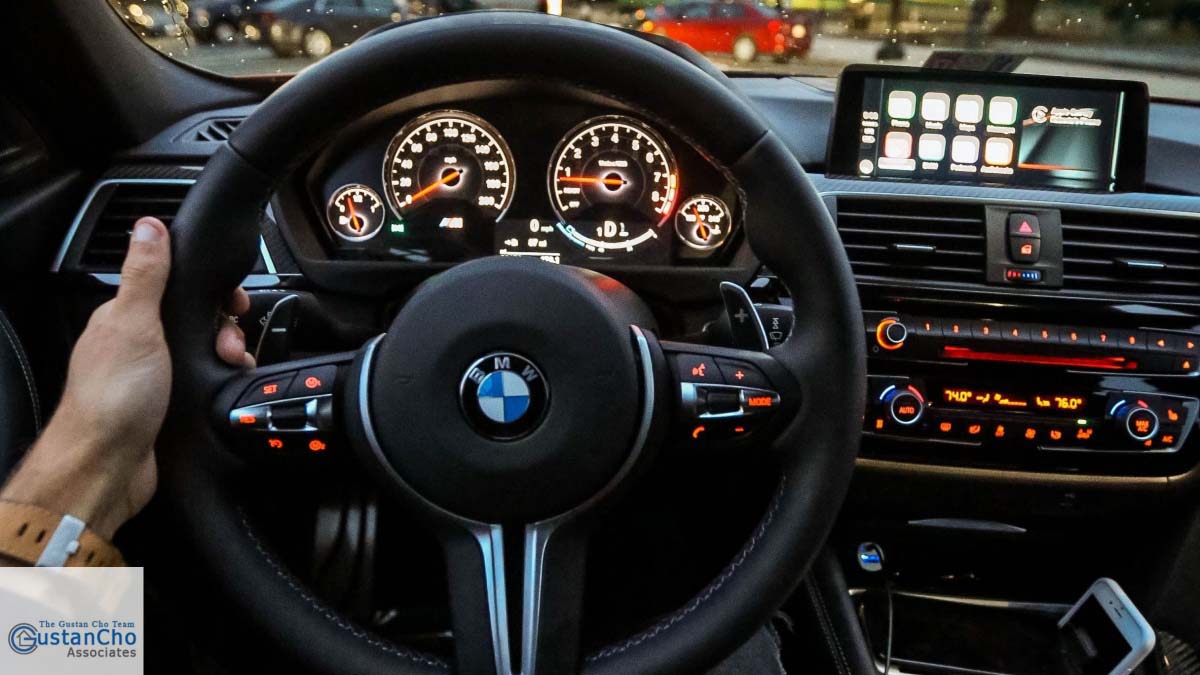This guide covers the 27-second effect research data and effects on driving. If you’re like most people, you probably need a few moments to re-establish mental focus after ending a phone call or sending a text message: This holds true even if you’re using a hands-free system in your car. But what if the next task required is to avoid a pedestrian or a vehicle that unexpectedly entered your path as the traffic light you’re at turned green? Would you be mentally prepared to react properly to the 27-second effect and driving? New scientific studies may surprise you. A mental distraction occurs when motorists attempt to do multiple things at 27-second effect once while driving. They can slow reaction times and cause inattentive blindness, resulting in drivers unknowingly missing objects in the road such as stop signs, pedestrians, or other cars, which can lead to a crash. Now we see evidence that mental distractions can persist even after a distraction activity ends. In this article, we will discuss and cover the 27-second effect research data and effects on driving.
The 27-Second Effect And Driving
In its latest look at in-vehicle distractions, a Utah-based research team discovered that test subjects need up to a 27-second effect to fully restore their mental focus on driving after ending a call or texting from voice-controlled systems in their cars. Researchers determined these lingering distractions, called (residual costs, by measuring participant’s reaction time to potential hazards as they conducted such interactions while driving on suburban roads.
The 27-second effect and driving: At 25 mph, a vehicle would travel up to 988 feet (about three football fields) before the residual costs completely dissipate. So while you may think it’s safe to dial or send a text at a stoplight, think again. Distractions from these interactions are likely to persist even after the light turns green.
This new study analyzed distraction levels resulting from the use of voice-controlled information systems available in 10 vehicles and three smartphones. Among the vehicles, the Chevy Equinox had the lowest distraction rating of 2.4, while the Mazda 6 had the highest (4.6). Using any of the hands-free smartphone systems to send text messages significantly increased distraction levels. Developers should aim to design systems that are no more demanding and distracting than listening to the radio.
Lawsuit Pending? See How It Affects Your Mortgage Approval
Apply Online And Get recommendations From Loan Experts
The 27-Second Effect And Technology
And when it comes to utilizing these in-car technologies, practice does not make perfect. After an initial analysis, the participants kept their cars for a week before returning for the second round of testing. Even after familiarizing themselves with their vehicle’s information systems, participants showed only marginal improvement in driving performance, leading researchers to conclude that such distractions “cannot be practiced away.” The moral of this story is clear: keep your eyes on the road while driving, because no matter how smart you think your phone is, it could lead you to make a stupid driving decision that could be life-altering. How smart would that be?
“27-Second Effect” is a term used to describe a driver’s attention span and how certain distractions, including the use of mobile devices, intensely sitting next to someone who is having a conversation, or adjusting the radio, could potentially distract a driver from an average time frame of 27-second effect. This distraction, in turn, can result in an increase in impaired driving as well as a multitude of accidents. Here is some information on the data and its effects on driving:
Key Findings of the 27-Second Effect
27-Second Effect: Attention Detracting Tasks:
Adjusting devices such as phones, radios, and conversations can impair calculation reaction times and increase difficulty in retaining one’s lane. The 27-second time frame shows that most people underestimate the time it takes to regain focus, which means the driver might as well still be distracted.
27-Second EffectAccident Statistics
According to various studies, distracted driving has been recognized as the primary cause of road accidents, especially so due to mobile devices. A driver becomes highly susceptible to crashing a vehicle during and immediately following a distraction.
27-Second Effect: Cognitive Load
Performing secondary activities increases the amount of thinking and rests the available resources, resulting in accidents.
27-Second Effect: Following a distraction, drivers must fix their focus and return to driving.
27-Second Effect: Mitigation Strategies:
Targeted campaign strategies, preventative advertising, and education offered to minimize distractions on the road could be helpful. Using devices restricting phone usage while driving, such as ‘do not disturb’ modes, would also yield positive results.
27-Second Effect and Driving; Legislation: In many places, using handheld devices and texting while driving is illegal to help reduce distracted driving.
27-Second Effect: Recommendations for Drivers
- Stay Focused: Avoid doing other activities while driving so you can fully pay attention to the road.
- Plan Ahead: Set the GPS directions and adjust the controls before you drive.
- Limit Passengers: Avoid conversations that may distract your focus from the road.
Understanding the 27-second effect is important when considering staying focused while driving. Suppose more people are aware of the consequences of distractions. In that case, they are more likely to make better decisions regarding their safety and the safety of others on the road.
About The Author of the 27-Second Effect
The 27-second effect was written by Alex Carlucci of Gustan Cho Associates. Alex is a senior loan officer and contributing writer for Gustan Cho Associates Mortgage and Real Estate Information Center and a moderator for Great Content Authority Forums. Alex is a team leader and helps FDIC Loan Officers who join Gustan Cho Associates to take and pass their national NMLS mortgage loan originator’s examination. Alex helps countless home buyers who had prior credit issues. Alex also trains many loan officers who specialize in originating and funding FHA loans, VA loans, USDA loans, and conventional mortgage loans with no lender overlays. Alex Carlucci is an expert in real estate investing and mortgage lending as well as financial planning, where he has decided to take the decades of his experience as a real estate investor and become a licensed mortgage loan originator. Stay tuned for more of Alex’s articles; he will be writing and publishing them on Gustan Cho Associates Commercial and Residential Mortgage Information Center.
This guide on the 27-second effect was updated on February 7th, 2025.
Limited Time Rates – Apply Now for Your Condotel Loan!
Apply For Mortgage Online And Get recommendations From Loan Experts









